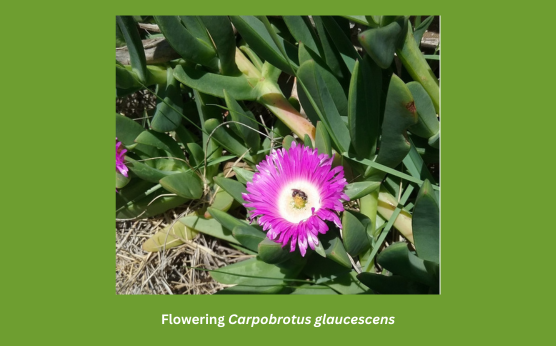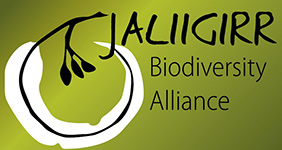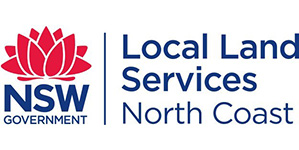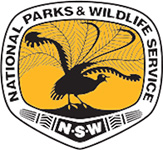
Native Pig Face (Carpobrotus glaucescens) is facing a real risk from hybridisation with the non-native pig face that have escaped from peoples gardens and other plantings.
Non-native Carpobrotus species are planted extensively in amenity horticulture and private gardens and are sold in retail nursery outlets. These non-native Carpobrotus spp. present a potential risk to the native species. In some areas of South Australia, researchers found that half of the Carpobrotus in the wild were hybrids with the non-native plant which can be aggressive and take over the native Carpobrotus in their habitat.
Native Pig Face is a food plant of significance to First Nations people. It grows naturally on the coastal sand dunes and headlands from Mackay, Qld to Eastern Victoria and plays an important role in the coastal ecosystems of Eastern Australia, especially in dune stabilisation.
Further details can be found in the following document – Carpobrotus report
If you think you may have the non-native Pig Face, it is easy to remove, but make sure you get the plant correctly identified before doing so! Our local Landcare staff can help you with this – bring in a clipping and get some advice. It is recommended to replace with cuttings of the local native Carpobrotus glaucescens or any other native plant of your choosing. Our local Landcare Community Nursery stocks a variety of native tubestock and volunteers are available to assist you with further advice.



